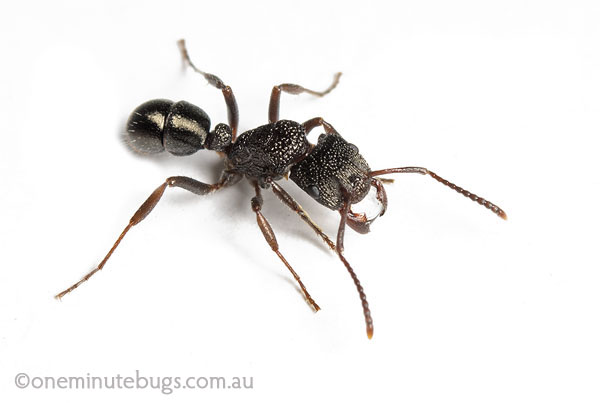After a few months off for house painting one minute bugs is back!
I was prompted to write this post after completing an article for Hort Journal Australia on a similar topic. My argument in the Hort Journal piece was that insects are not mathematical or engineering geniuses, and that their behaviour is dictated by the instincts they have evolved with. All very scientific and anti-anthropomorphic. The post here is a bit different. Let’s marvel at the exquisite perfection of some of the structures that insects build.
Our first architects are moths of the family Psychidae – the case moths. These are harmless creatures found in most gardens throughout Australia. Cases are spun by caterpillars from silk to which twigs, sand, moss, lichen, leaves or bark are attached. The cases can open and close at each end, the front end for feeding and the rear end for ejecting droppings. I believe the species illustrated below is Lepidoscia arctiella – look at how precise those little bits of twig are!

Continue reading Insect Architects→


